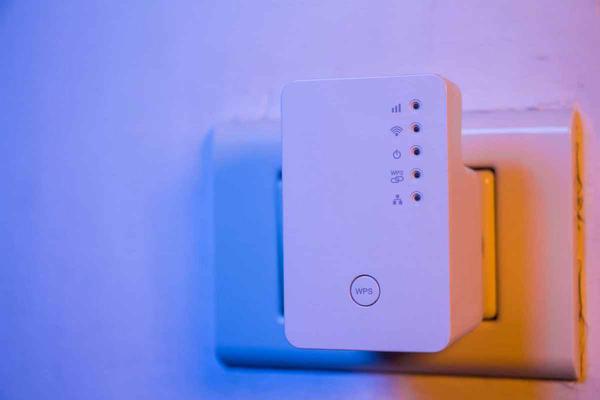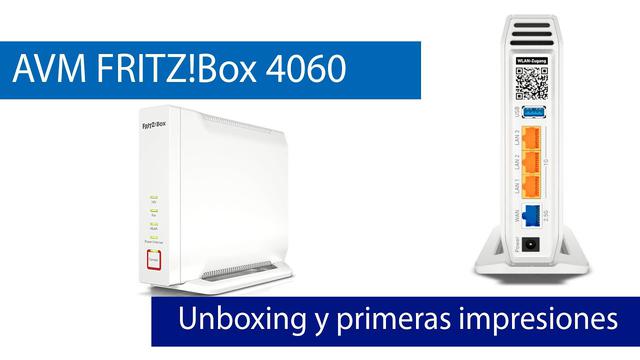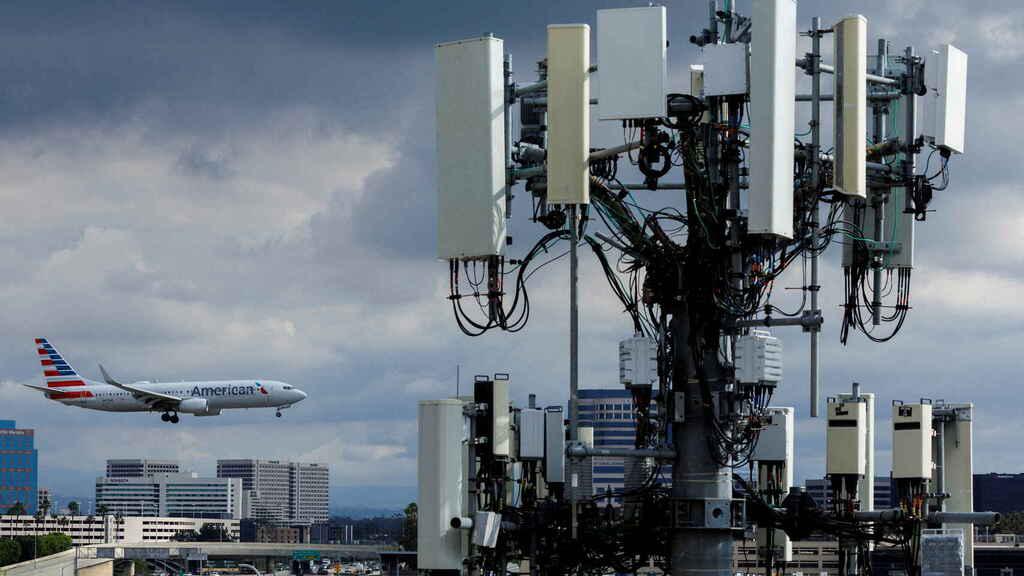So you can know the maximum Wi-Fi speed of your router or access point
Within the same modulation, there can be different encodings, the most common is 5/6 encoding, but you can also use more conservative encodings with the previous objective: to provide reliability in the wireless connection. Depending on the wireless standard used, we will have one maximum modulation or another, then you can see the maximum modulation of the different standards.
Guard Interval
The guard interval or Guard Interval is the time that the router or AP waits to make sure that the different transmissions do not interfere. We must remember that the Wi-Fi standard uses OFDM (except Wi-Fi 6, which already incorporates OFDMA), and this Guard Interval is done to avoid possible collisions of frames in the air, since there may be multiple paths and interference by the multipath effect.
In Wi-Fi, a Guard Interval of 800ns has always been used, but to increase the theoretical maximum speed, the "Short Guard" that uses 400ns was introduced in the Wi-Fi 4 standard. Normally routers are configured by default with a "Short Guard", therefore, we will have the maximum possible speed.
Wireless channel width
In Wi-Fi we must take into account the width of the channel that we have configured in our routers and Wi-Fi access points. Depending on the wireless standard used, we will have a default channel width, the greater the channel width, the more theoretical speed we can achieve.
Number of MIMO antennas
MIMO technology also appeared with the Wi-Fi 4 standard, this allows routers and clients to receive and transmit through several antennas simultaneously. Therefore, the more antennas we have, the higher maximum speed we can achieve. A very important detail is that, if our router has 4 antennas, and our smartphone has only 2 antennas, the maximum speed that we will achieve corresponds to the maximum speed of 2 antennas. However, it is highly recommended that our router has more antennas, because the equipment with more antennas will be able to make the most of this speed that the router has, but above all it is interesting when we have dozens of wireless clients connected at the same time, thanks to the MU- MIMO, we will be able to send data simultaneously to several devices, the more antennas a router has, the faster it will perform this task and more WiFi clients can be simultaneously sent data (maximum 4 WiFi clients at the same time).
When buying a router or AP, it will indicate the number of antennas that we will have available for the 2.4GHz and 5GHz band. We must pay close attention to this parameter, and the more antennas we have in our equipment, the higher speed we will achieve when a client with the same number of antennas connects. This affects whether we connect a WiFi client or connect several because we also have MU-MIMO technology that allows us to send data simultaneously to several wireless clients at the same time.
Standard used (Wi-Fi 4, Wi-Fi 5 or Wi-Fi 6)

In addition to all of the above, we also depend on what wireless standard our router, AP and wireless clients are, since, depending on the standard, it will support a greater channel width, greater modulation, etc. We must bear in mind that if we buy a router with Wi-Fi 5, in the 2.4GHz band it will be using the popular Wi-Fi 4. However, when buying a router with Wi-Fi 6, we do have this standard in both bands. of frequencies.
However, manufacturers like ASUS are launching hybrid equipment, where we have Wi-Fi 6 in one frequency band, and we have Wi-Fi 4/5 in the rest of the frequency bands, so we must take it into account.
Other factors to consider
Other factors that affect the maximum speed, apart from all those that we have mentioned, are the following:
However, in the case of WiFi 6 networks with OFDMA, we have subcarriers that are assigned to one or more wireless clients, with the aim of optimizing this wireless performance as much as possible, and allowing small packets to be transmitted quickly without taking everything. the available bandwidth.
So what is the (theoretical) maximum speed I will get via Wi-Fi?
The theoretical maximum speed that we could achieve via WiFi depends on everything that we have explained previously, both on the number of antennas, Guard Interval, on the WiFi standard used and aspects such as the coverage received, obstacles, etc. Next, we are going to explain the theoretical maximum speeds of WiFi networks depending on the wireless configurations most used by manufacturers of WiFi routers and access points.
WiFi 4
If we have a router or AP with the Wi-Fi 4 standard, assuming that we use a 64QAM modulation and a 5/6 encoding (the maximum possible according to the standard), with a channel width of 40MHz and a Guard Interval of 400ns , the speeds that we will achieve for each data flow (MIMO antennas), is 150Mbps. If we make changes in these assumptions, the speed will always be lower, since this case of 150Mbps is the best we can get for each antenna of the equipment.
If we use a modulation higher than 64QAM, as introduced by Broadcom in its chipsets, we can achieve a little more maximum speed. If we use 256QAM and 5/6 encoding, we can get 200Mbps per antenna. If we use 1024QAM we can get 250Mbps per antenna.
Example: a router with 4 Wi-Fi antennas, 1024QAM, 40MHz channel width and Guard Interval of 400ns, the maximum speed that we will achieve is 1000Mbps.
Wi-Fi 5 (only on the 5GHz band)
If we have a router or AP with the Wi-Fi 5 standard, assuming that we use a 256QAM modulation and a 5/6 encoding (the maximum possible according to the standard), with a channel width of 80MHz (the maximum possible) and a Guard Interval of 400ns, the speeds that we will achieve for each data flow (MIMO antennas), is 433.3Mbps. If we make changes in these assumptions, the speed will always be lower, since this case of 433.3Mbps is the best we can get for each antenna of the equipment.
If we use a modulation higher than 1024QAM, as introduced by Broadcom in its chipsets, we can achieve a little more maximum speed. If we use 1024QAM, we can get 541.75Mbps per antenna.
Example: a router with 4 Wi-Fi antennas, 1024QAM, 80MHz channel width and Guard Interval of 400ns, the maximum speed that we will achieve is 2167Mbps.
Wi-Fi 6 (in 2.4GHz and 5GHz)
If we have a router or AP with the Wi-Fi 6 standard, assuming that we use a 1024QAM modulation (the maximum possible according to the standard), a Guard Interval of 400ns, and the maximum possible channel width (40MHz in 2.4GHz and 160Mhz in 5GHz), the speeds would be:
Example: a router with 4 Wi-Fi antennas, 1024QAM, maximum channel width and Guard Interval of 400ns, the maximum speed that we will achieve is 1148Mbps in the 2.4GHz band, and 4804Mbps in the 5GHz band.
As you can see, the theoretical wireless speed that we will achieve depends on many factors, especially the distance and the number of clients connected to the same router or AP. It is essential to know what type of wireless client we have, and which router or AP is suitable for us. In real life we will get around 50% of theoretical speed, in some cases we will get more, and in most cases we will get less than this speed.
In our real tests with Wi-Fi 6 routers that support 160MHz of channel width, such as the ASUS RT-AX86U, the theoretical speed that we will achieve is 1,201Mbps for each data flow, this router supports 4 × 4 MU-MIMO, so with Wi-Fi clients that also incorporate four antennas, we will be able to achieve theoretical speeds of around 4.8Gbps, however, in real environments we will achieve speeds of approximately 2.4Gbps.
In our analysis of the ASUS RT-AX86U, we were able to verify the benefits of Wi-Fi already, since we have installed a new high-performance Wi-Fi card in our Lenovo X1 Carbon laptop, specifically we have installed the Intel AX200 that is worth around €35.
Intel AX200Buy it atEUR 38.98With this Wi-Fi card we have achieved a real speed of around 125MB/s or 1,000Mbps real speed, the synchronization speed was 2.4Gbps, that is, the maximum, but we have already explained to you before that we will always get around 50 -60% real performance compared to the theoretical speed.
As you have seen, with only two Wi-Fi antennas we have achieved a higher speed than the Gigabit Ethernet interface (due to headers, the effective speed in this type of connection is approximately 115MB/s). Therefore, Wi-Fi 6 is here to stay, and if we want to make the most of its potential, we must use wired equipment with at least 2.5G Multigigabit speeds.








